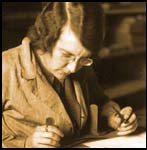



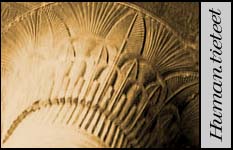
WOMEN OF LEARNING: NAME INDEX | DISCIPLINES | PERIODS | FIRSTS | THE INVISIBLE
LANDMARKS | FACTS | WOMEN'S STUDIES | FRONT PAGE

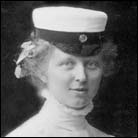 Photo: NBA |
HILMA GRANQVIST ethnologist 1890-1972 |
||
"I needed to live among the people, hear them talk about themselves in Artas, make records while they spoke of their life, customs and ways of looking at things. For that reason I decided to remain in Palestine---" Hilma Granqvist 1931, introduction to Marriage Conditions in a Palestinian Village Hilma Granqvist can be counted among the pioneers of Finnish anthropology and sociology together with the internationally renowned Edvard Westermarck and his disciples Gunnar Landtman and Rafael Karsten. Granqvist's studies on Palestine have become internationally recognised classics. Her research can be placed in the school of "new anthropology" that evolved in Britain in the 1920's and 30's. This school of thought emphasised field work and first-hand observation as central instruments of research and aimed at understanding foreign cultures on their own terms. Hilma Granqvist's international reputation is based on five extensive ethnographic works that focus on a Palestinian village in the 1920's. Granqvist was also an innovative photographer. During her research she took about 1000 photographs that greatly contribute to visual anthropology. Granqvist broke the prevailing research tradition of perceiving of foreign peoples as mere proof of the versatility of the human race and the subjects of research as anonymous objects. Granqvist documented people in their activities - in their every chores or going through the rituals related to different phases of life. Hilma Granqvist's desire to understand the status of religion in the modern world inspired her to pursue a career in research. She started writing her Licentiate thesis on women in the Old Testament under the supervision of Gunnar Landtman in the early 1920's. To collect material for the thesis Granqvist left for Germany, where she also studied ethnology and history of oriental religions. An archaeology course organised in Palestine for German theologians was a turning point for Granqvist's career. She decided to return to Palestine to study the "true life of concrete people". The former Old Testament scholar became an expert in ethnology and especially the Muslim-Arab cultures of Palestine. Granqvist completed her doctorate in 1932, but despite her scholarly qualifications she was never granted the docentship she applied for at the University of Helsinki. With the help of a small inheritance, she was able to continue her research. Feminist research in the 1980's rediscovered her life's work and took a critical viewpoint on the way Granqvist was treated by the academic community of her time.  1 1
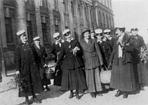 2 2
 3 3
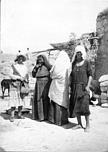 4 4
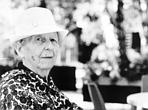 5 5
1 Hilma Granqvist after her matriculation examination. Photo: Atelier Nyblin / NBA 2 Women students 1920-luvulla. Hilma Granqvist second from the left. Photo: NBA. 3 Photo: Åbo Akademi picture archive. 4 Hilma Granqvist in Palestine in village of Artes in the 1920s or in the beginning of 1930s. 5 Hilma Granqvist. Publications: Marriage Conditions in a Palestinian Village I. 1932 Marriage Conditions in a Palestinian Village II. 1935 Birth and Childhood in an Arab Village. 1947 Child Problems Among the Arabs. 1950 Muslim Death and Burial. 1965 Further reading: Riina Isotalo: "Edward Westermarck and Hilma Granqvist in the field of Orientalist discourse in Finland". |
|||